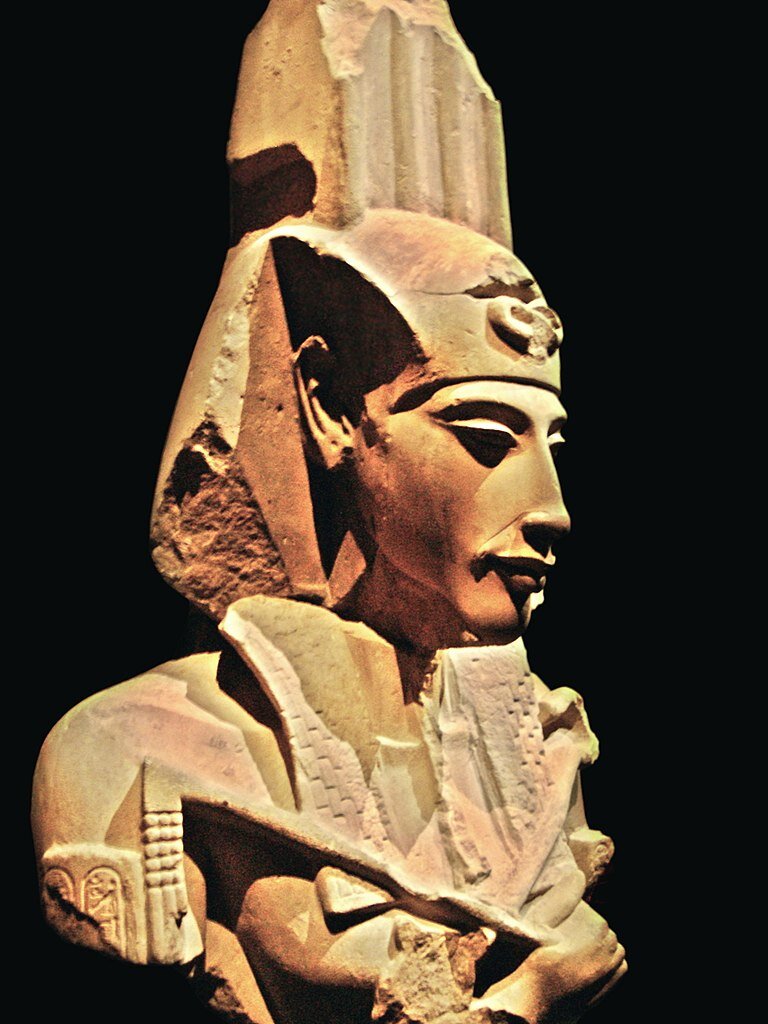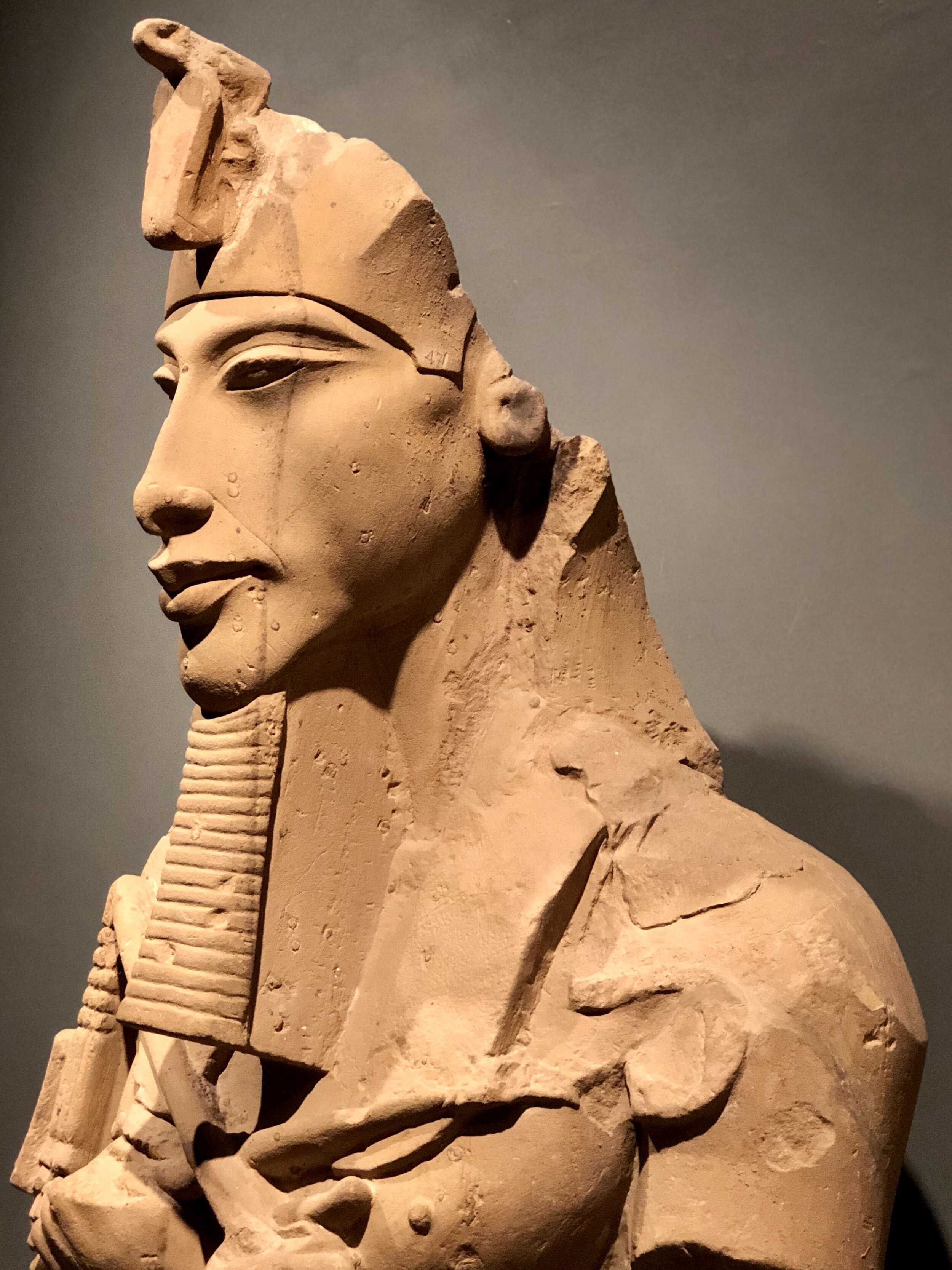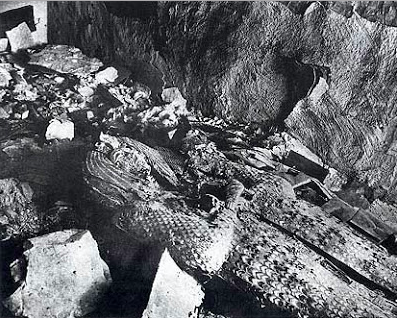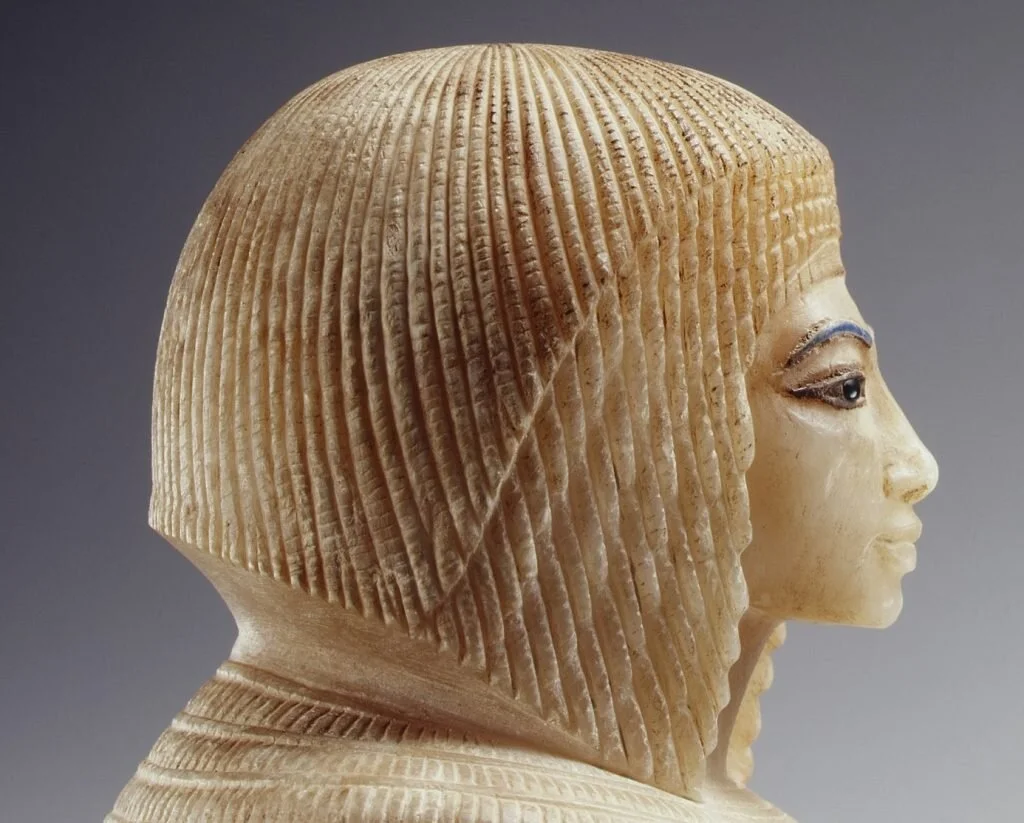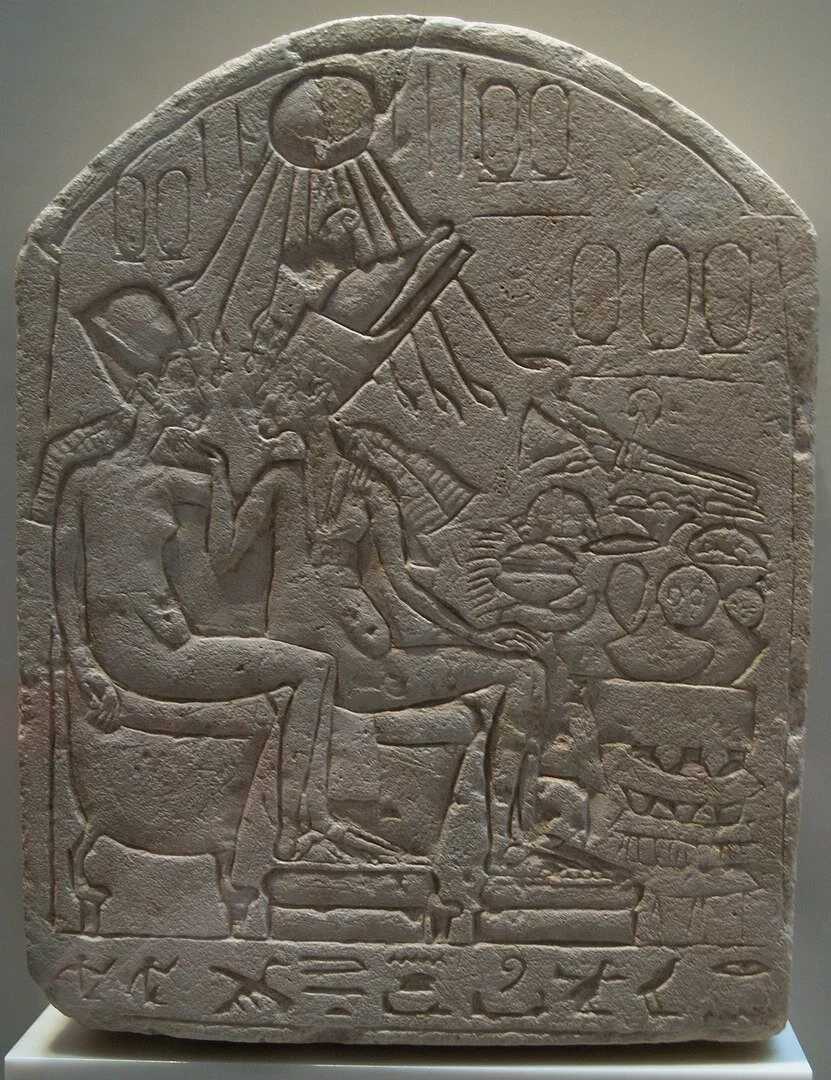The monotheistic pharaoh has spawned numerous crackpot theories, including his having Marfan syndrome and Nefertiti becoming king.
Pharaoh Akhenaten: the face that launched a thousand conspiracy theories
Everything we think we know about Ancient Egypt can be completely upended with a new discovery of something as seemingly innocuous as a single stone carving. That being said, this article focuses on the research and theories of Nicholas Reeves, in his book, Akhenaten: Egypt’s False Prophet, republished in 2019.
Reeves poses some controversial speculations about the brief but mysterious Amarna Period, jumping to sensationalist conclusions with only the scantest of evidence. I want to believe him, though, especially since he served as the director of the Amarna Royal Tombs Project from 1998 to 2002.
Does the Amarna style of art reveal a hereditary disease?
It Runs in the Family? The Marfan Syndrome Theory
Egyptian art remained remarkably static for millennia. You can picture it in your head: The side-profile carvings and paintings with their legs bent and posed one in front of the other, inspiring the Bangles’ song “Walk Like an Egyptian.” But, much like the move from polytheism to monotheism, the Amarna Period also resulted in an intriguing new art aesthetic.
The unusual Amarna style, especially the statuary, has been a major reason some Egyptologists entertain the theory put forth by Alwyn L. Burridge that Akhenaten suffered from Marfan syndrome. The illness’ symptoms do include features found on the depictions of the pharaoh and his family: slender bones, a long face, an elongated skull, spidery fingers and a wide pelvis, among others.
This depiction of Akhenaten most likely was carved early in his reign and probably reveals what he actually looked like.
If this is indeed the case, the repercussions would have been severe: Akhenaten and his offspring would have been susceptible to sudden death due to a weakened cardiovascular system and would have likely gone blind in adulthood.
It would explain a lot, argues Reeves. A report that Akhenaten wanted “to see the gods” could have meant that he could only dimly discern the rays of the sun. He was skilled in music (“traditionally a vocation for the blind,” according to Reeves). Amarna art emphasizes the sense of touch and often depicted the pharaoh with a crutch or walking stick. And at least one of the fetuses mummified in the tomb of his probable son Tutankhamun, revealed skeletal deformities.
The desecrated sarcophagus in Tomb 55 in the Valley of the Kings
The Mummy in Tomb 55
In 1907, the archeologist Theodore M. Davis uncovered what he referred to as the Tomb of Queen Tiye, or Tomb 55. He found evidence that the tomb had been discovered before, a few millennia ago: 200 years after the remains were initially interred, Ancient Egyptian workers stumbled upon the sepulcher while digging away to build the tomb of Ramesses IX. Queen Tiye, the Great Royal Wife of Amenhotep III, was moved out of the tomb, perhaps to separate her from her “heretic” son, Akhenaten.
The mummy cache found in KV55
Queen Tiye, the mother of Akhenaten
Reeves thinks there’s a good chance the remaining coffin and mummy in Tomb 55 is that of Pharaoh Akhenaten, who ruled from 1353-1336 BCE, especially given the violence of its desecration: “The names were systematically cut out, and the identifying face torn away to destroy the eyes, nose and mouth and effectively deny the king’s spirit sight, air and sustenance; for good measure a stone was hurled at the coffin’s head just before the party left,” Reeves explains.
Kiya, who shared wifely duties with Nefertiti, was a scapegoat for Akhenaten’s questionable decisions
The Other Wife: The Mysterious and Maligned Kiya
While Nefertiti was the pharaoh’s chief wife, Akhenaten had a secondary spouse, Kiya, whom he also greatly loved, if we can infer that from the fact that she had a lavish estate of her own at Amarna. While Nefertiti gave birth to one daughter after another, Kiya is believed to have borne Akhenaten a son: the famous Boy King, Tutankhamun.
Reeves posits that Kiya might well have been a princess of the Mitanni people. Her name essentially meant Monkey, Reeves informs us. But behind her playful façade, he says that she was “cruel and self-seeking” and “may even have been regarded, by posterity, as the evil genius behind many of Akhenaten’s excesses.”
A canopic jar with Kiya’s head upon it — other artifacts depicting her were viciously vandalized.
Her inscriptions have been scratched out, and her statues have had their eyes gouged out. References to Kiya were superimposed with figures and texts of Akhenaten’s daughters, and her coffin and canopic jars were repurposed for the pharaoh’s reburial.
Did Princess Meritaten simultaneously give birth to her daughter and granddaughter?!
Who Says Incest Is Best?
As I’ve mentioned, Reeves loves a good conspiracy theory, and another one rears its head when discussing the historical record of Akhenaten’s progeny. Two additional daughters get mentioned: Meritaten-tasherit and Ankhesenpaaten-tasherit. The -tasherit ending equates to “Jr.,” and the first part of the names are the same as two of the pharaoh’s daughters by Nefertiti.
Was Akhenaten a bit too fond of his daughters by Nefertiti?
“The implications of this are serious, however,” Reeves writes, “since the father of these children can have been none other than Akhenaten himself.”
Case closed?
Is this a carving of Akhenaten’s gay lover — or a woman who became his co-pharaoh?
Smenkhkare: The Unknown Pharaoh — and Akhenaten’s Gay Lover?
Confusing matters even more, a new pharaoh emerges on the scene while Akhenaten still sat upon the throne. Who was this co-regent?
A small stele, or stone monument, from this time, made for a military officer named Pase, depicts two kings sitting side by side. One has his arm around his co-pharaoh, who is turning to affectionately touch the other’s chin. Because they’re both styled as kings, Egyptologists in the 1920s and beyond were convinced that this single stone revealed that Akhenaten was gay — never mind all the children he had.
More recent discoveries have revealed that there’s a likely suspect right under our noses: Pharaoh Smenkhkare was probably none other than his famous wife, Nefertiti. –Wally
